I just read an article put out by Microsoft entitled, The Next Great Disruption Is Hybrid Work - Are We Ready? In the article they state, “We’re all learning as we go, but we know two things for sure: flexible work is here to stay, and the talent landscape has fundamentally shifted. Remote work has created new job opportunities for some, offered more family time, and provided options for whether or when to commute. But there are also challenges ahead. Teams have become more siloed this year and digital exhaustion is a real and unsustainable threat.”
The article covers what Microsoft learned from research and insights involving their 160,000+ employees.They are working on a hybrid work strategy. This article made me think about what our school division is planning for instruction next year and how it will impact our staff and students.
I know many school divisions are considering and working on hybrid learning strategies for the next school year. I define hybrid learning as when students are engaged in both face-to-face and online learning. Most school divisions are doing this as most have adopted learning management systems such as Canvas and Schoology.
 Teachers provide content to students using an LMS, so if students cannot attend class in person, instructional content is available. Also, teachers can have students complete assignments outside of school time using the LMS as well. It may not be synchronous, but asynchronous. Our expectations next school year are that our students will return to school five days a week. We feel that students K-8 should be in school, in-person.
Teachers provide content to students using an LMS, so if students cannot attend class in person, instructional content is available. Also, teachers can have students complete assignments outside of school time using the LMS as well. It may not be synchronous, but asynchronous. Our expectations next school year are that our students will return to school five days a week. We feel that students K-8 should be in school, in-person.
Our secondary principals would say that grades 9 and 10 should be in person as well. The students we are looking at are grades 11 and 12 where some students have done very well in the virtual classroom. Trying to work out the logistics to offer a virtual education for specific students brings up several challenges. We have decided that no teacher will be responsible for teaching both in-person and online like this year.
It was not effective and not healthy for our teachers. Here are some questions we are considering. Do we have enough teachers that are willing and competent to teach only virtual? (Virtual Virginia, as most of you, are probably aware, is hiring online educators and content specialists for grades K-12 for all subjects.) Will Virtual Virginia be able to provide enough teachers? Scheduling? What criteria will we use to select students? Attendance requirements from the State? And there are more.
I am curious what learning options other school divisions are considering for next school year, especially for those interested in learning via the virtual classroom. Please feel free to share what is going on in your school division. Finally, I want to say “Thank You” to everyone for all you have done this school year! Since this is my last blog post for this year, I want to wish everyone a safe, relaxing, enjoyable summer.
Written by Tim Taylor. Tim is the Instructional Technology Supervisor for Shenandoah County Public Schools. He is also a member of the VSTE Board of Directors and chairs the Education Committee.

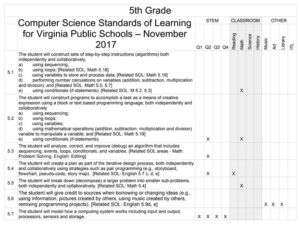
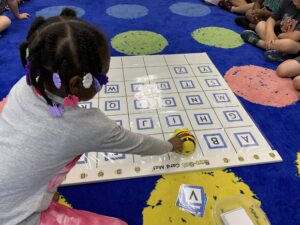
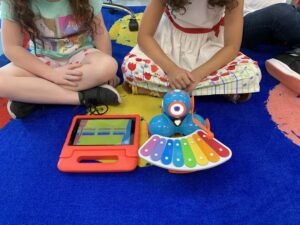
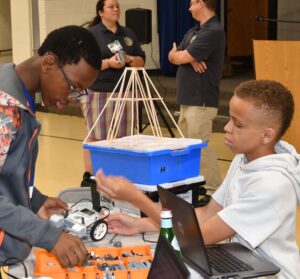
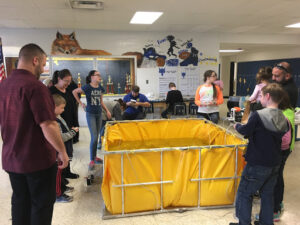
 Jean Weller, VSTE Board Member and VDOE Technology Integration Specialist, leads the #GoOpenVA initiative in Virginia. This collaborative initiative enables educators and others throughout Virginia to create, share, and access openly-licensed educational resources (OER, also known as open education resources). OER are free digital materials that can be used or modified to adjust to student needs; they are openly-licensed unhampered by many traditional copyright limitations.
Jean Weller, VSTE Board Member and VDOE Technology Integration Specialist, leads the #GoOpenVA initiative in Virginia. This collaborative initiative enables educators and others throughout Virginia to create, share, and access openly-licensed educational resources (OER, also known as open education resources). OER are free digital materials that can be used or modified to adjust to student needs; they are openly-licensed unhampered by many traditional copyright limitations.

